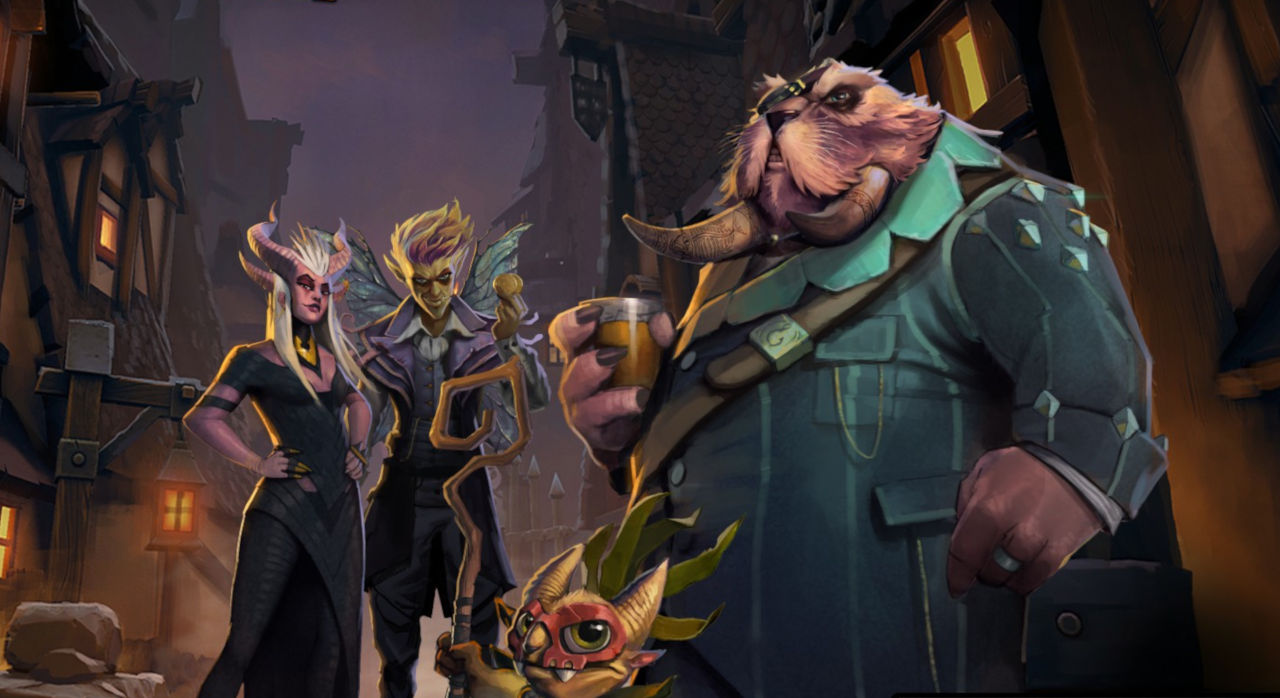
This means that if they win a round, a lot of the heroes in the Warlock build will survive and will deal a lot of damage to the enemy player at the end of the round. Hunters are the opposite – you bring down enemy heroes one by one, so it’s entirely possible that the last standing enemy hero is the one that beats you, inflicting minor damage at the end of the round.Īnother great example is Warlocks. This is easy to imagine with Mages – if your board is slightly weaker than the enemy board, a lot of enemy heroes will survive on a sliver of HP and will inflict a lot of damage to you at the end of the round. The main culprits for this effect are usually AoE damage and heals. Some strategies win or lose gradually, but AoE damage and healing strategies usually have drastic damage swings. one more hero upgrade) would cause it to win by ~15 damage instead. Damage is not linear:Ī very small difference in power could lead to a big difference in the damage inflicted at the end of the round. What we mean is that a strategy would be losing by ~15 damage against a benchmark build in our tests, and then improving it the slightest (e.g. Such minor positioning insights could make a big difference in the long run, especially in the last few rounds when you're fighting for the top position. So, if you’re fighting against Assassins the Witch Doctor should be the hero you’re protecting more rather than the Dazzle, while against Knights the opposite is true. For example, against Assassins, a couple of stuns would certainly be more valuable than a couple of heals because Assassins nuke heroes quickly anyway and reduce healing done. In other fights, however, the opposite might be true. Multiple Witchdoctor Casks, in comparison, weren’t as impactful. The reason, in this case, was that Dazzle was a more valuable unit in that particular fight because the round was long (the fight was against a Knight benchmark build) and putting him on the backline meant he can cast more heals over the duration of the fight, bringing a lot of value. Something as simple as swapping the position of Dazzle and Witch Doctor within the formation (both utility heroes, not the main carries or tanks in the draft) changed the outcome of the fight. However, I don’t mean just spreading your heroes to avoid AoE, etc. Absolutely minor changes on the board can turn the outcome of the round when the two armies are close in power.įor example, in previous tests we had two corner box formations fighting. Positioning is game-breaking in the late game:

#Dota underlords warlock upgrade
Understanding which units are your upgrade priorities can help you prioritize bench space easier and improve your results as a whole. The rule of thumbs is that you need upgrades on the heroes that need high stats (tanks and damage-dealers), while you don’t on heroes who you keep mainly for the Alliance and Ace bonuses. For contrast - a two-star Troll Warlord is much more impactful than a one-star Troll Warlord and can make a big difference because he contributes with DPS, which depends on his stats.

His stats and the damage of the silence don’t matter that much, so a two/three-star upgrade on Disruptor doesn’t make a huge difference. You use him for the Alliances and the utility of the AoE silence. Utility heroes give much less value when upgraded to a higher star level than tanks and damage-dealers. For example, a one-star Disruptor is usually more than enough to make a Warlock/Brawny builds strong.


 0 kommentar(er)
0 kommentar(er)
